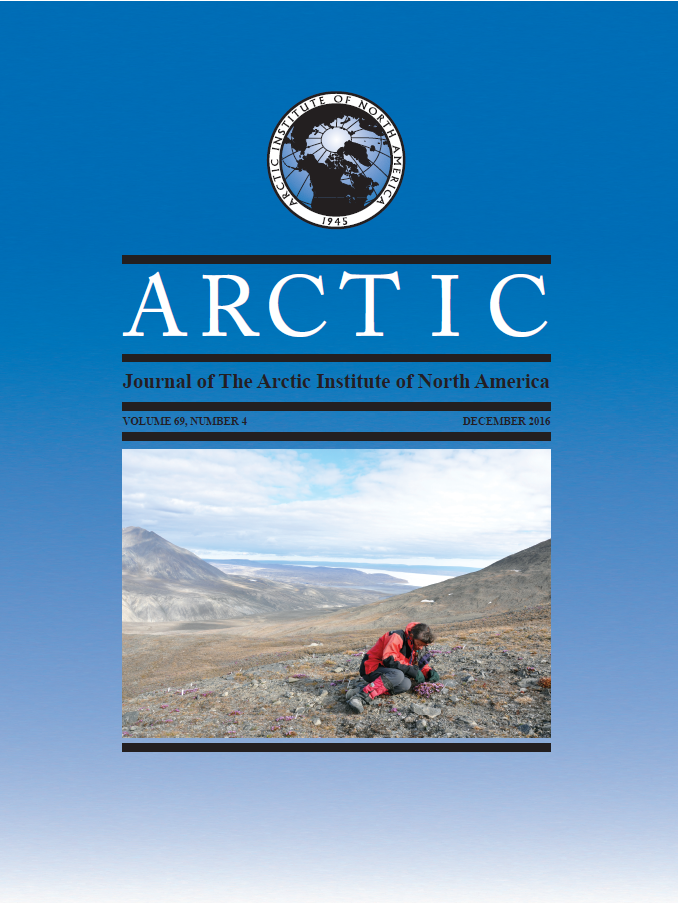Cumulative Effects of Environmental Change on Culturally Significant Ecosystems in the Inuvialuit Settlement Region + Supplementary Appendices 1 to 3 (See Article Tools)
DOI :
https://doi.org/10.14430/arctic4607Mots-clés :
région désignée des Inuvialuit, effets cumulatifs, changement environnemental, Marxan, récolte d’animaux sauvages, planification de la conservation, changement climatique, ArctiqueRésumé
La région désignée des Inuvialuit (RDI) dans l’ouest de l’Arctique canadien connaît des changements environnementaux qui ont des incidences sur les méthodes de récolte. Ces incidences sont également à la source d’inquiétudes chez les collectivités de la région. Afin d’évaluer les incidences de perturbations multiples sur les écosystèmes de la RDI revêtant une importance culturelle, nous avons créé une carte des perturbations cumulatives représentant l’intensité relative des perturbations terrestres dans toute la région visée par l’étude. Ensuite, nous avons évalué le degré relatif de perturbation environnementale dans les zones de gestion et les aires de récolte importantes. Par la suite, nous avons modélisé neuf scénarios de perturbations futures tenant compte d’un ensemble d’incidences accrues attribuables à l’être humain et de feux irréprimés plus fréquents et généralisés. À l’aide du logiciel de planification de la conservation Marxan, nous avons évalué la possibilité de conserver de grandes zones contiguës de terres de récolte intactes dans tous les scénarios. Nos résultats montrent que les zones de gestion importantes, les aires de récolte d’animaux sauvages et les zones de planification communautaire sont toutes touchées par les perturbations environnementales. Les optimisations réalisées à l’aide de Marxan montrent que les degrés de perturbation existants créent des seuils pour potentiel de conservation actuel et indiquent que les perturbations futures auront pour effet de restreindre le potentiel de conservation. Ces résultats suggèrent que les responsables de la planification de la conservation de la région doivent prendre des mesures pour prévoir des perturbations généralisées de nature humaine et naturelle dans la RDI et travailler dans le but de maintenir de grands paysages contigus qui peuvent permettre des récoltes d’animaux sauvages à la lumière des perturbations environnementales continues.


